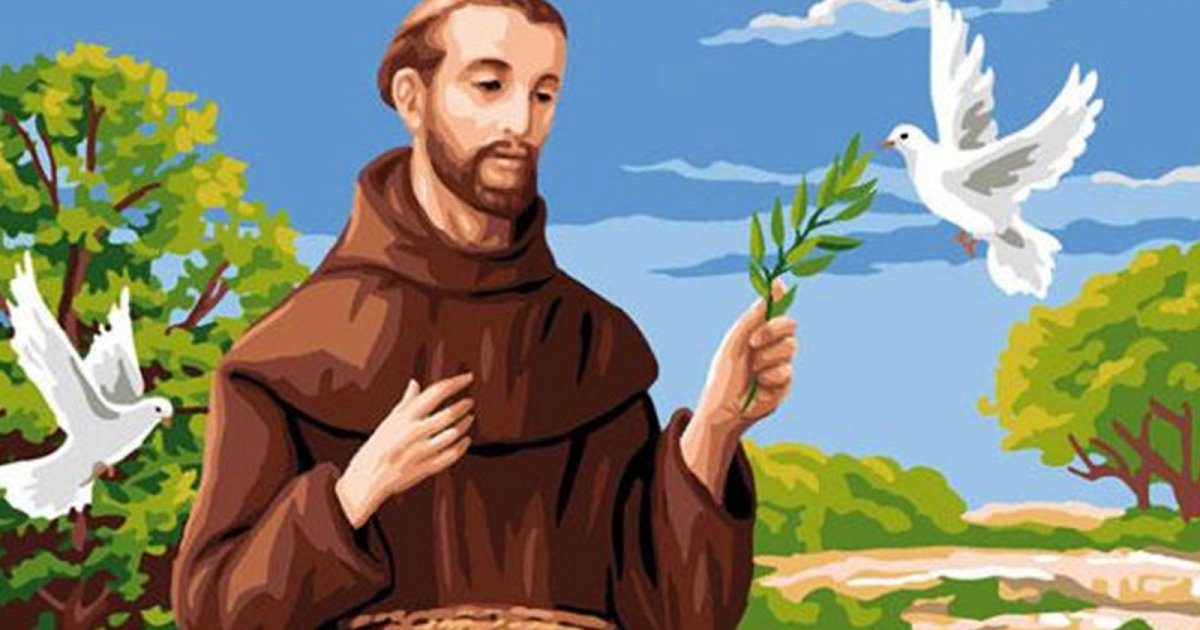BASILICA OF SAN FRANCESCO, Upper Basilica Cimabue Transept
 Language: English / USA
Language: English / USA
We’ll start the visit with the famous frescoes in the transept, the transverse corridor at the back of the church where the altar is located, in the most sacred part of the building. It was here that Cimabue – the finest painter in Italy at the time – worked. You might find this part something of a disappointment… of the magnificent compositions in fabulous colors you could once admire here, all that remain are pale, barely recognizable shadows, and you’ll need a lot of patience to try to work out what they once represented. The problem is that in Cimabue’s time, there was a limited knowledge of the fresco technique, which consists of spreading colors, obtained by grinding minerals, on a damp plaster surface, so they penetrate deep.
If the painting is not done in this way, the color tends to fade with time, making the paintings unrecognizable. In addition, for his colors, Cimabue used materials that have altered over time, inverting the light and dark shades, so that what was originally white is now black, and vice-versa.
However, I can help you to at least catch a glimpse of the greatness of this painter. Let’s take a look at the “Crucifixion” in the left transept. Observe the painting as a whole: to make the point that the Crucifixion would change the course of history, Cimabue depicted Christ on the Cross in isolation, in the middle of the scene, standing out against the sky, painting a crowd of people at his feet visibly shaken by the terrible event. They are all aware that this was not a common criminal: some are shouting, others fainting; some are depicted with outstretched arms, others in shock, while others are turning their heads.
At the foot of the cross is Saint Francis. Although Francis lived 1200 years after the Crucifixion, and could not have been present, he is shown here to emphasize the love that bound him to Christ.
An interesting fact: Dante Alighieri, Italy’s greatest poet, was a contemporary of Cimabue and Giotto, both of whom he mentions in a famous passage of the Divine Comedy, saying that while Cimabue believed himself to be the better painter, Giotto had now achieved such renown that he had eclipsed Cimabue’s fame.
In three verses, Dante summarizes a key moment in painting of his time.



